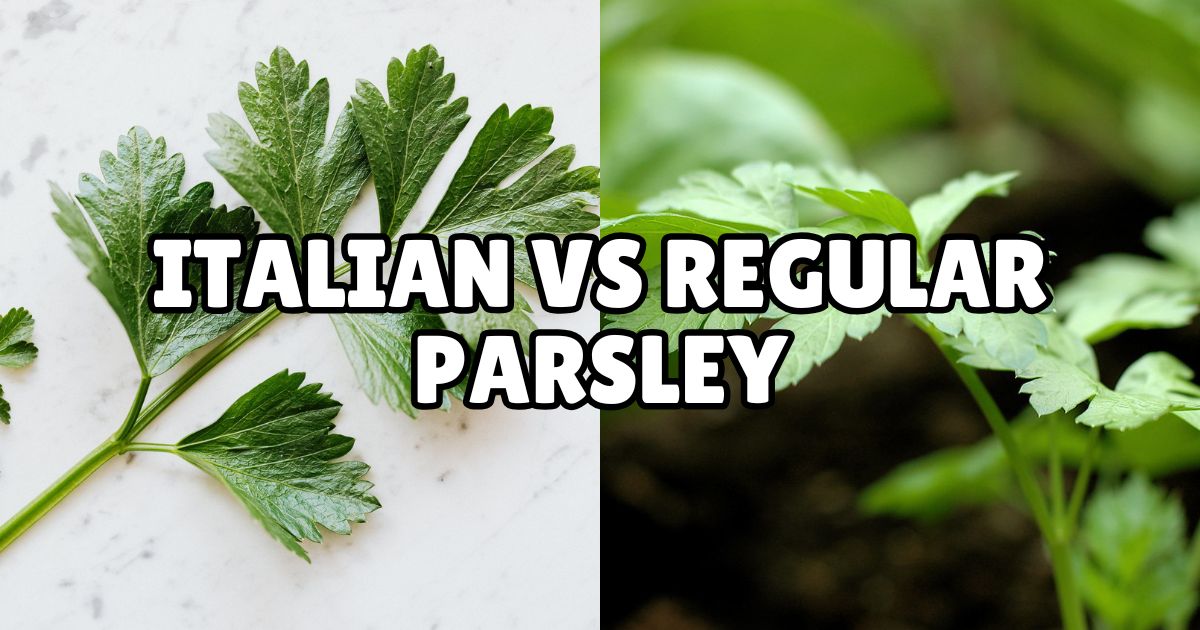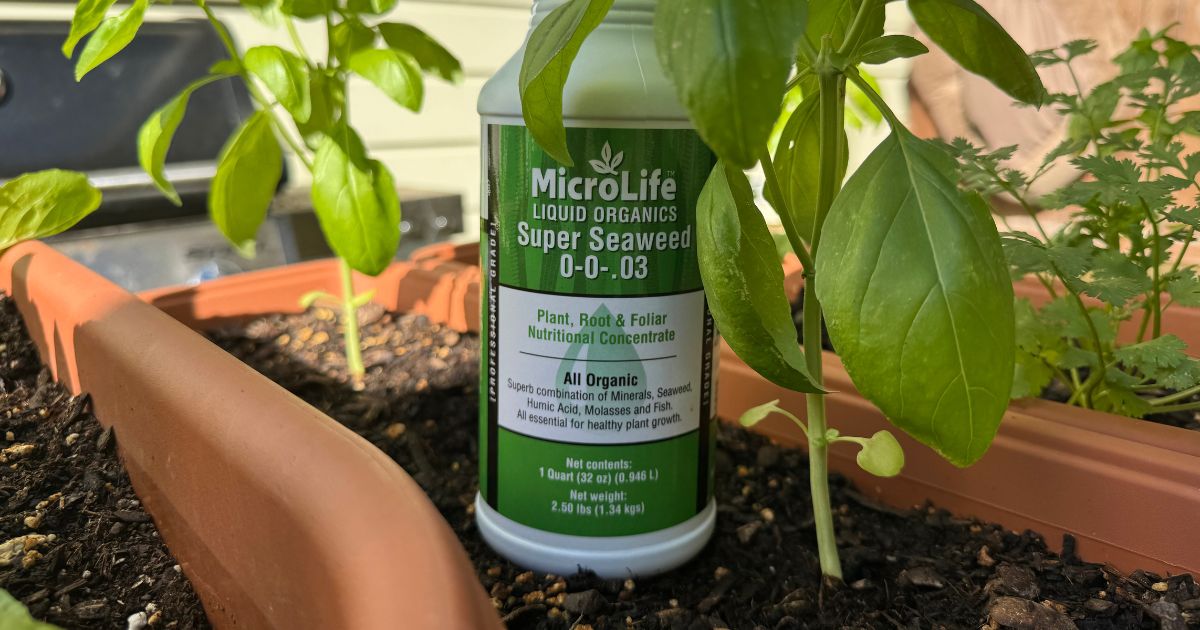
Italian Parsley vs Regular Parsley: A Detailed Comparison
When it comes to parsley, two common varieties often find their way into our kitchens: Italian parsley (also known as flat-leaf parsley) and regular parsley (commonly referred to as curly parsley). While both are popular herbs, they have distinct differences in appearance, flavor, and culinary uses. In this in-depth guide, we’ll explore everything you need to know about Italian parsley vs regular parsley.
Appearance
One of the most noticeable differences between Italian parsley vs regular parsley is their appearance:
- Italian Parsley: Characterized by its flat, broad leaves, Italian parsley looks similar to cilantro. The leaves are vibrant green and have a more delicate structure.
- Regular Parsley: Known for its curly, ruffled leaves, regular parsley has a bushy appearance. The curly leaves are densely packed and often used as a decorative garnish.
Flavor Profile
The flavor profiles of Italian parsley vs regular parsley also differ significantly:
- Italian Parsley: It has a robust, slightly peppery flavor with a hint of earthiness. This bold taste makes it a popular choice in Mediterranean and Middle Eastern cuisines.
- Regular Parsley: The flavor of curly parsley is milder and somewhat grassy. While it adds a fresh note to dishes, its taste is less pronounced compared to Italian parsley.
Culinary Uses
Understanding the best culinary uses for Italian parsley vs regular parsley can enhance your cooking:
-
Italian Parsley:
- Often used in salads, sauces, and soups due to its strong flavor.
- Commonly found in Italian dishes like pasta, pesto, and gremolata.
- Adds a fresh, aromatic touch to cooked dishes and raw salads.
-
Regular Parsley:
- Frequently used as a garnish due to its attractive, curly leaves.
- Adds a subtle flavor to soups, stews, and casseroles.
- Used in traditional dishes like tabbouleh and as a base for bouquet garni.
Nutritional Benefits
Both types of parsley offer impressive nutritional benefits, making them valuable additions to your diet:
-
Italian Parsley:
- Rich in vitamins A, C, and K.
- Contains antioxidants like flavonoids and carotenoids, which support immune health.
- High in folate, which is essential for cell growth and function.
-
Regular Parsley:
- Also a good source of vitamins A, C, and K.
- Provides dietary fiber, which aids digestion.
- Contains minerals like iron and potassium, supporting overall health.
Growing Conditions
If you’re considering growing parsley in your garden, here are some tips for each variety:
-
Italian Parsley:
- Prefers well-drained soil and full sun to partial shade.
- Needs regular watering but can tolerate some drought.
- Best grown in herb gardens or containers for easy access.
-
Regular Parsley:
- Thrives in similar conditions as Italian parsley, with a preference for full sun.
- Requires consistent moisture for optimal growth.
- Can be grown in garden beds, containers, or even as an indoor herb.
Conclusion
In the debate of Italian parsley vs regular parsley, both varieties have their unique characteristics and uses. Italian parsley’s bold flavor and versatile applications make it a favorite for many dishes, while regular parsley’s mild taste and decorative appeal are perfect for garnishing and subtle seasoning. By understanding their differences, you can choose the right type of parsley to elevate your culinary creations.



